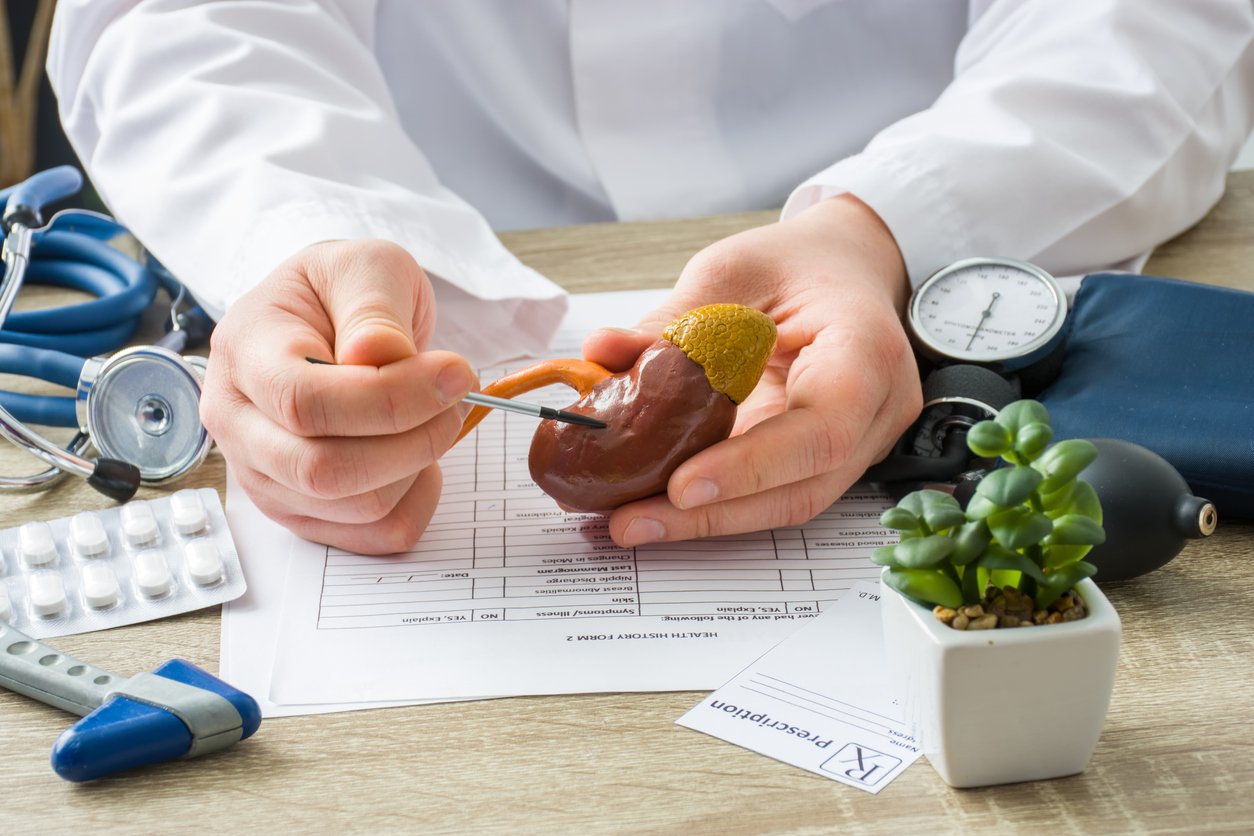May 12, 2020

What is Acute Kidney Injury?
The terminology “acute kidney injury (AKI)” has largely replaced the terminology of “acute renal failure (ARF)” over the past few years. AKI is an abrupt decrease in kidney function. The kidneys become unable to filter waste products from the blood. This allows accumulation of dangerous levels of waste, and the chemical makeup of your blood gets out of balance. The kidneys are responsible for removing waste products to help balance water, salt and other minerals/electrolytes. When this stops these build up and can be deadly. AKI is most common in people that are already sick or in the hospital. AKI does require intensive treatment and it is mostly reversible if you are in good health and discovered early in the presentation. However, for those patients that this is not found early or have other comorbid conditions, those patients may develop lasting damage after the acute component is corrected.
AKI occurs in three types:
- Prerenal: Decreased renal blood flow resulting from another medical condition such as sepsis, trauma, blood loss and poor cardiac output. This is caused from prolonged low-volume states or medications (especially antibiotics, non-steroidal anti-inflammatory drugs, and cyclooxygenase inhibitors).
- Intrinsic: This is when there is acute tubular necrosis (ATN) from poor organ perfusion and other organ failure is usually also present. Renal ischemia occurs when the mean arterial pressure is below 70 mm Hg. This is often cause from contrast used for scans that result in contrast induced nephropathy. Another common cause is careless dosing and monitoring of aminoglycoside drugs.
- Postrenal: This is caused when there is mechanical obstruction of urine flow resulting in obstructive nephropathy. This is caused by strictures, congenital defects, prostatic hypertrophy, renal stones and tumors.
AKI has four phases:
- Onset phase: When the kidney injury occurs. Triggering events can be blood loss, fluid loss, or burns to name a few. This last hours to days. In this phase, the renal blood flow is 25% of normal, the tissue oxygenation is 25% of normal and the urine output is below 0.5 mL/kg hour.
- Oliguric (anuric) phase: When the urine output decreases from renal tubule damage. Urine output is below 100 to 400 mL/day. There is an increase in blood urea nitrogen (BUN) and creatinine levels. There is electrolyte disturbance, fluid overload and acidosis due to the inability of the kidneys to excrete water. This can last for many days and oftentimes does require initiation of dialysis.
- Diuretic phase: When the kidneys try to heal and the urine output increases but renal tubule scarring and damage occur. This phase occurs when the cause of the AKI is treated and corrected. Daily urine output is above 400 mL/day. There is renal edema and tubule scarring as well as an increased glomerular filtration rate (GFR). This can last for many days and typically does not require dialysis.
- Recover phase: Renal tubular edema resolves and the renal function improves as the renal edema is decreased. There is normalization of electrolyte balance and fluid. Typically the return of the GFR will improve to within 70% to 80% of normal. This phase may last weeks, months or up to a year.
What Causes AKI?
As you can see above, there are many causes for AKI. It can be something complicated or something like excessive vomiting or diarrhea or severe dehydration. Here are a few causes but not an all-inclusive list:
- Hypotension leading to renal ischemia
- Sepsis or other overwhelming infection
- Excessive vomiting/diarrhea
- Chronic conditions
- Severe dehydration
- Shock
- Blood loss
- Decreased heart function such as CHF or AMI
- Burns or trauma
- Medications
- Contrast induced nephropathy
- Tumors
- Renal calculi
- Other organ failures
- Vasculitis
- Severe allergic reaction
- Enlarged prostate
- Blood clots
Who gets AKI?
Anyone can develop AKI, but mostly this occurs in people that are already sick and in the hospital. Patients that are in the intensive care unit are more likely to develop AKI than those in other units of the hospital. This is not due to poor care giving, but due to the fact that these patients are already very sick and require ICU monitoring. More than 4,000,000 people are diagnosed with AKI yearly per one study.
How is AKI coded?
To see examples, purchase our Acute Kidney Injury eBook.
More AKI Blogs
- Acute Kidney Injury Specificity Coding and Sequencing
- Clinical Indicators for Acute Kidney Injury
- Is Documentation Present to Report Acute Kidney Injury?
- Reasons for Acute Kidney Injury Denials and Prevention
Authored by Kim Boy, RHIT, CDIP, CCS, CCS-P
References
cdc.gov/mmwr/volumes/67/wr/mm6710a2.htm
emedicine.medscape.com/article/1925597
americannursetoday.com/acute-kidney-injury
kidney.org/atoz/content/AcuteKidneyInjury#
mayoclinic.org/diseases-conditions/kidney-failure/symptoms-causes/syc-20369048
uofmhealth.org/health-library/aa115361
ICD-10-CM Alphabetic and Tabular Indexes
The information contained in this coding advice is valid at the time of posting. Viewers are encouraged to research subsequent official guidance in the areas associated with the topic as they can change rapidly.
Subscribe to our Newsletter
Recent Blogs
Related blogs from Medical Coding Tips
Capturing the implantation and insertion of d...
The 5th character of an ICD-10-PCS code repor...
This is a series of blogs about the importanc...
CMS has released the updates to the ICD-10-PC...
Subscribe
to our Newsletter
Weekly medical coding tips and coding education delivered directly to your inbox.




